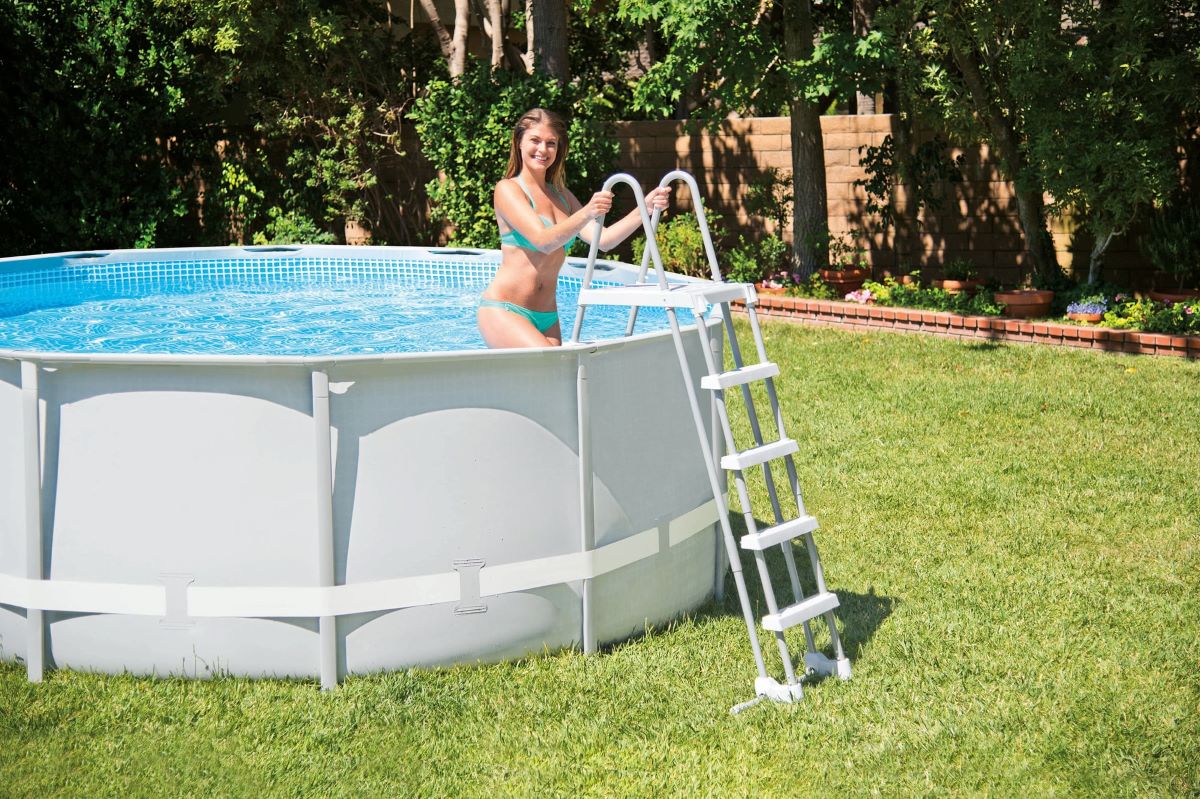

Articles
How To Protect Pool Liner From Ladder
Modified: February 22, 2024
Looking for articles on how to protect your pool liner from ladder damage? Check out our expert tips and advice to keep your pool liner in pristine condition.
(Many of the links in this article redirect to a specific reviewed product. Your purchase of these products through affiliate links helps to generate commission for Storables.com, at no extra cost. Learn more)
Introduction
Having a swimming pool in your backyard is a delightful luxury that provides endless hours of fun and relaxation. However, it is important to take proper care of your pool to ensure its longevity and prevent any damage. One area that often requires attention is the pool liner, especially when it comes to protecting it from the potential harm caused by a pool ladder.
A pool ladder is an essential accessory for safely entering and exiting your swimming pool. However, if not properly protected, it can scratch, puncture, or wear down the pool liner over time. To avoid costly repairs and maintain the pristine condition of your pool, it is essential to understand how to protect the pool liner from the ladder’s impact.
In this article, we will explore the various methods and techniques to safeguard your pool liner from ladder-related damage. By implementing these strategies, you can enjoy your pool for years to come without having to worry about the consequences of ladder usage.
Key Takeaways:
- Choose a non-abrasive ladder and install protective padding to safeguard your pool liner from ladder-induced damage. Regular maintenance and inspection are crucial for ensuring the longevity of your pool liner.
- Utilize pool liner covers and prepare your pool area to create a safe environment for your ladder, minimizing the risk of damage to the pool liner. By taking proactive measures, you can enjoy your pool worry-free for years to come.
Understanding the Impact of Ladder on Pool Liner
The pool ladder, although designed to provide easy access to the swimming pool, can inadvertently cause damage to the pool liner if not properly protected. The constant contact between the ladder and the liner can result in scratches, abrasions, tears, and even punctures, compromising the integrity and aesthetics of the pool.
One of the primary reasons for ladder-induced damage is the materials used in the construction of the ladder. Hard metal or plastic materials can be abrasive and abrasive against the pool liner, especially if there is repeated friction as people climb in and out of the pool.
Another factor contributing to liner damage is improper ladder installation. If the ladder is not securely attached or if there is movement during use, it can scrape against the liner’s surface, causing wear and tear over time.
Additionally, the weight and pressure exerted on the pool liner as individuals step onto the ladder can also lead to tears or punctures, especially if the liner is not of high quality or already weakened due to age or sun exposure.
Understanding these potential impacts is essential to take preventative measures and protect your pool liner from ladder-related damage. By implementing the following strategies, you can mitigate potential risks and extend the lifespan of your pool liner.
Choosing the Right Type of Ladder
When it comes to protecting your pool liner from ladder-induced damage, one of the first steps is choosing the right type of ladder. There are various ladder options available, each with its own features and materials that can affect the impact on your pool liner.
First and foremost, consider opting for a ladder with non-abrasive materials. Look for ladders made from vinyl, resin, or other soft materials that are gentle on the liner’s surface. These materials reduce the risk of scratches or abrasions when the ladder comes into contact with the pool liner.
Another important consideration is the ladder’s design. Look for ladders that have smooth edges and rounded corners. This design feature minimizes the risk of snagging or tearing the pool liner as individuals climb in and out of the pool.
Furthermore, ensure that the ladder you choose is of the appropriate size for your pool. It should be able to reach the desired depth without putting excessive strain on the liner. Follow the manufacturer’s guidelines to determine the ideal ladder height for your pool.
Lastly, consider investing in a ladder with removable steps or pads. These additional accessories provide an extra layer of protection for the pool liner. The removable pads can be placed between the ladder and the liner, reducing direct contact and minimizing the risk of damage.
By carefully selecting a ladder that prioritizes the protection of the pool liner, you can significantly reduce the chances of damage and prolong the life of your pool.
Preparing Your Pool Area
Before installing the ladder, it is crucial to prepare your pool area to minimize the risk of damage to the pool liner. Taking these precautionary steps will help create a safe and secure environment for the ladder while protecting the integrity of your pool.
Start by ensuring that the pool liner is clean and free from any dirt, debris, or sharp objects that could potentially damage the liner. Sweep the pool area regularly to remove any loose particles that could cause scratches or punctures.
Next, inspect the area around the pool where the ladder will be positioned. Remove any rocks, branches, or other sharp objects that could come into contact with the pool liner. Smooth out the ground and ensure it is free from any uneven surfaces that could cause the ladder to shift or become unstable.
If your pool has a concrete or tiled deck, consider adding a protective layer such as rubber or foam padding. This padding will act as a barrier between the ladder and the hard surface, reducing the risk of abrasion or scratching.
Additionally, if your pool has a vinyl liner, avoid using abrasive cleaners or brushes when cleaning the ladder or the pool area. These harsh cleaning agents can damage the liner and compromise its integrity. Instead, opt for mild soapy water and a soft cloth to gently clean the ladder and surrounding area.
Lastly, establish clear rules and guidelines for ladder usage. Encourage pool users to be mindful and cautious when entering and exiting the pool. Educate them on the potential risks and the importance of treating the pool with care to minimize any damage to the liner.
By taking the time to properly prepare your pool area, you can create a safe and well-protected environment for your ladder while preserving the condition of the pool liner.
Consider using a ladder pad or cushion to protect the pool liner from the ladder. This will help prevent any damage or wear and tear on the liner caused by the ladder rubbing against it.
Installing Protective Padding
Installing protective padding is an effective way to safeguard your pool liner from the impact of a ladder. By creating a cushioned barrier between the ladder and the liner, you can minimize the risk of scratches, abrasions, and tears.
There are several options available for protective padding, depending on your preference and budget.
One popular choice is using foam padding specifically designed for pool ladders. This foam padding is typically made from a soft and durable material that provides excellent protection for the liner. It is easy to install and can be cut to fit the length of the ladder. Simply wrap the foam padding around the ladder rails and secure it in place using adhesive or zip ties.
Another option is using pool noodles, which are budget-friendly and readily available. Cut the pool noodles lengthwise and attach them to the ladder rails using zip ties or adhesive. Pool noodles provide a cushioned layer that minimizes friction and protects the pool liner from damage.
If you prefer a more permanent solution, consider installing ladder mats or steps with built-in padding. These mats or steps are designed to be placed directly on the pool floor and act as a cushion between the ladder and the liner. Ensure that the mats or steps are made from non-abrasive materials to prevent any potential damage to the liner.
Regardless of the type of protective padding you choose, it is essential to regularly inspect and replace it when necessary. Over time, the padding may wear out, become dislodged, or lose its effectiveness. By maintaining and replacing the protective padding as needed, you can continue to provide optimal protection for your pool liner.
Remember, installing protective padding is a crucial step in preventing ladder-induced damage to your pool liner. By taking the time to add this extra layer of protection, you can enjoy your pool without worrying about potential damage to the liner.
Read more: How To Put In A Swimming Pool Liner
Using Pool Liner Covers
Another effective method to protect your pool liner from ladder-related damage is by using pool liner covers. These covers provide an added layer of protection and help prevent direct contact between the ladder and the pool liner.
There are a few types of pool liner covers available, each with its own benefits and considerations:
- Above-Ground Pool Liner Covers: If you have an above-ground pool, consider using a pool liner cover specifically designed for this type of pool. These covers are typically made from durable materials such as vinyl or mesh and are designed to fit over the top of the pool and secure in place. They act as a barrier, preventing the ladder from coming into direct contact with the pool liner.
- In-Ground Pool Step Covers: For in-ground pools with built-in steps, using step covers is a great option. These covers are designed to fit over the steps, providing a protective layer between the ladder and the pool liner. Step covers are typically made from materials like rubber or vinyl and can be easily installed and removed as needed.
- Custom-Fitted Pool Liner Covers: If you prefer a more customized approach, you can have a pool liner cover made specifically for your pool. These covers are often made from durable materials like reinforced vinyl and are designed to fit the exact dimensions of your pool. They can be secured in place using bungee cords or straps, ensuring a snug and secure fit.
Regardless of the type of pool liner cover you choose, it is important to ensure that it is properly installed and securely fastened. This will prevent the cover from shifting or coming loose when the ladder is being used.
Using pool liner covers has multiple benefits beyond just protecting against ladder-induced damage. They can also help to keep the pool clean by preventing leaves, debris, and dirt from entering the pool when it is not in use. Additionally, certain covers like mesh covers can allow for proper water circulation and prevent the buildup of excess moisture, reducing the risk of mold or mildew.
By incorporating pool liner covers into your pool maintenance routine, you can provide an extra layer of protection to your pool liner and prolong its lifespan.
Regular Maintenance and Inspection
Maintaining and regularly inspecting your pool and ladder is essential to ensure the long-term health of your pool liner. By incorporating these maintenance tasks into your routine, you can identify any issues early on and take necessary measures to prevent further damage.
First and foremost, it is crucial to keep your pool clean and well-maintained. Regularly skim the surface of the pool to remove any debris that could potentially cause damage to the liner. Additionally, routinely check and clean the ladder, ensuring that there are no dirt or grime buildup that could scratch the pool liner.
Inspect the ladder regularly for any signs of wear and tear. Check for loose or damaged components, such as rungs or handrails, that could pose a risk to the pool liner. Tighten any loose bolts or screws and replace any broken or compromised parts immediately.
During your inspection, also examine the pool liner for any signs of damage or weakness. Look for scratches, tears, punctures, or fading of color. If you notice any issues, address them promptly to prevent further deterioration of the liner.
Keep an eye out for any movement or shifting of the ladder. This could indicate that it is not securely anchored or that the protective padding has worn out. Make the necessary adjustments to ensure the ladder remains stable and does not put excessive strain on the pool liner.
In addition to regular maintenance, it is important to winterize your pool properly if you live in an area with cold winters. This includes removing the ladder and storing it in a dry and protected area. By removing the ladder during the winter months, you can prevent any potential damage from freezing temperatures or heavy snowfall.
Lastly, consider scheduling professional inspections of your pool and ladder at least once a year. A professional can identify any underlying issues that may not be apparent to the untrained eye. They can also provide guidance on maintenance and recommend any necessary repairs or replacements.
By implementing a regular maintenance and inspection routine, you can stay proactive in protecting your pool liner from ladder-related damage and ensure its longevity.
Conclusion
Protecting your pool liner from ladder-related damage is essential for maintaining a beautiful and functional swimming pool. By implementing the strategies outlined in this article, you can enjoy your pool without worrying about the potential harm caused by the ladder.
Choosing the right type of ladder is the first step in preventing damage to the pool liner. Opt for ladders made from non-abrasive materials and with smooth edges to minimize the risk of scratches or tears.
Preparing your pool area before installing the ladder is crucial. Clear any sharp objects or debris that could cause damage, and consider adding protective padding to the ladder or pool deck to create a cushioned barrier.
Using pool liner covers adds an extra layer of protection, preventing direct contact between the ladder and the pool liner. Whether you choose above-ground pool liner covers, in-ground pool step covers, or custom-fitted covers, they will help safeguard your pool liner from damage.
Regular maintenance and inspection of your pool and ladder are vital. Keep your pool clean, inspect the ladder for any signs of wear, and regularly check the pool liner for damage. By addressing any issues promptly, you can prevent further deterioration and extend the lifespan of your pool liner.
In conclusion, protecting your pool liner from ladder-induced damage requires a combination of careful selection, proactive preparation, and ongoing maintenance. By taking these necessary steps, you can ensure the longevity of your pool liner and enjoy a safe and beautiful swimming pool for years to come.
Frequently Asked Questions about How To Protect Pool Liner From Ladder
Was this page helpful?
At Storables.com, we guarantee accurate and reliable information. Our content, validated by Expert Board Contributors, is crafted following stringent Editorial Policies. We're committed to providing you with well-researched, expert-backed insights for all your informational needs.
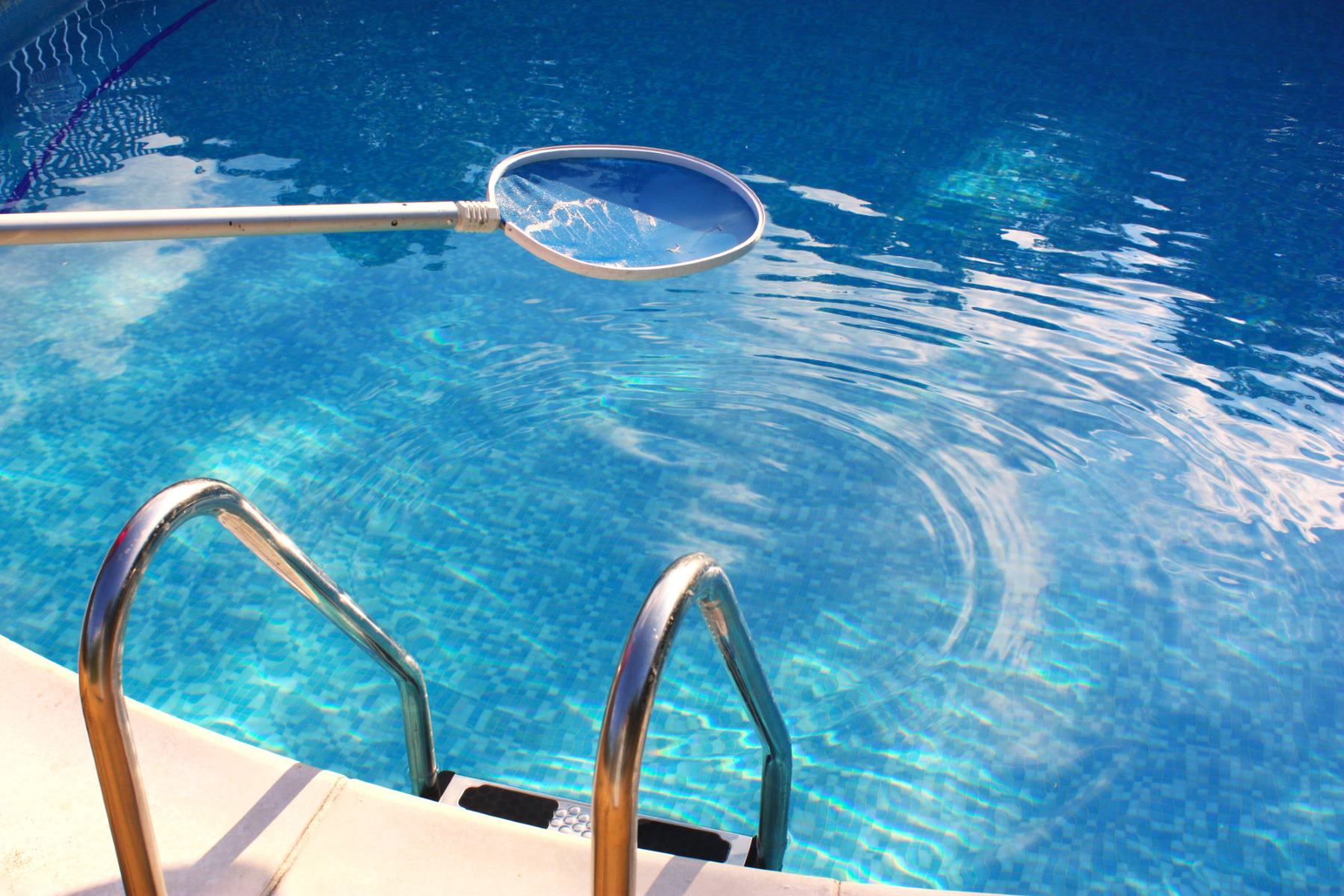
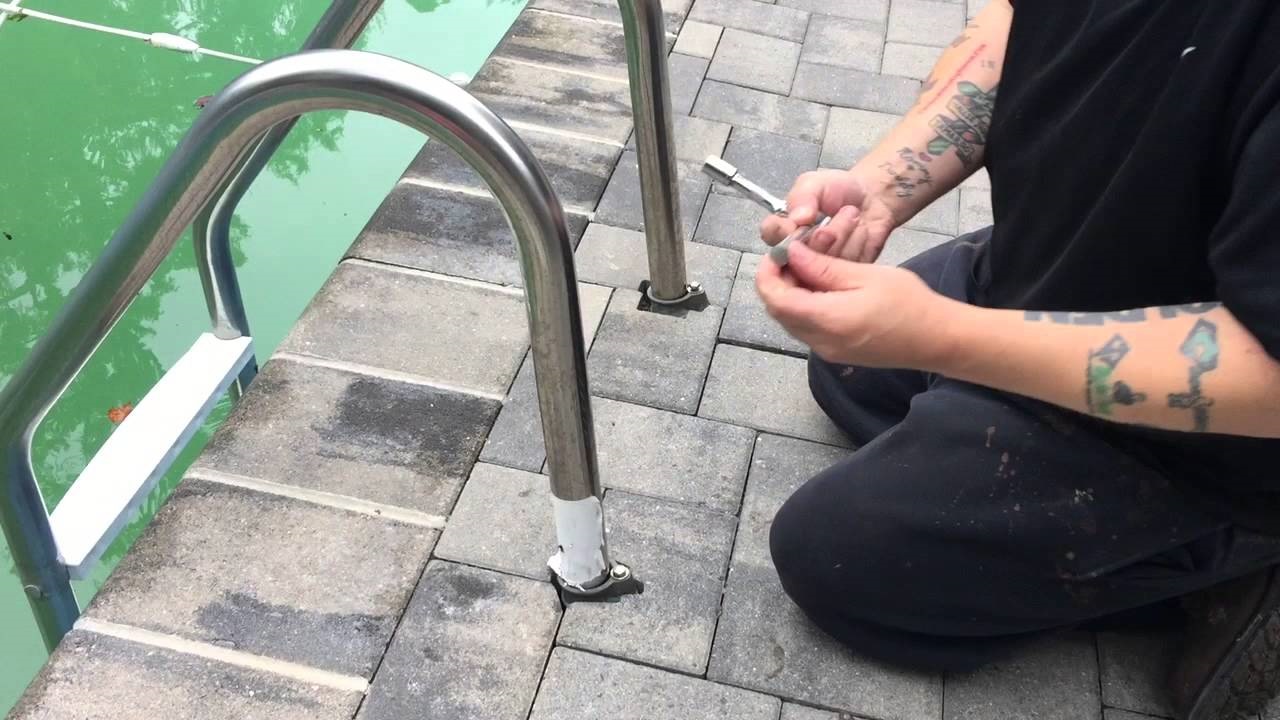
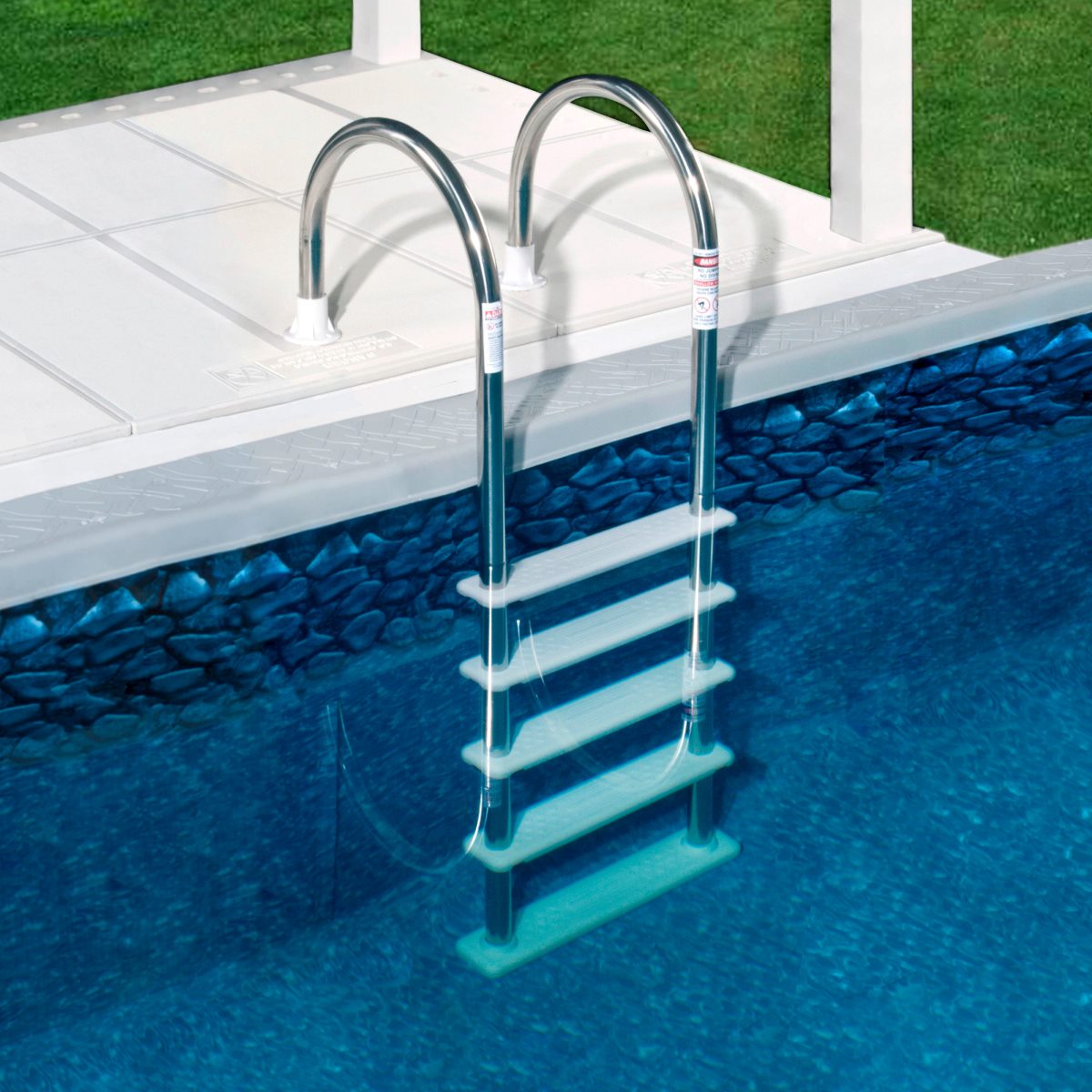
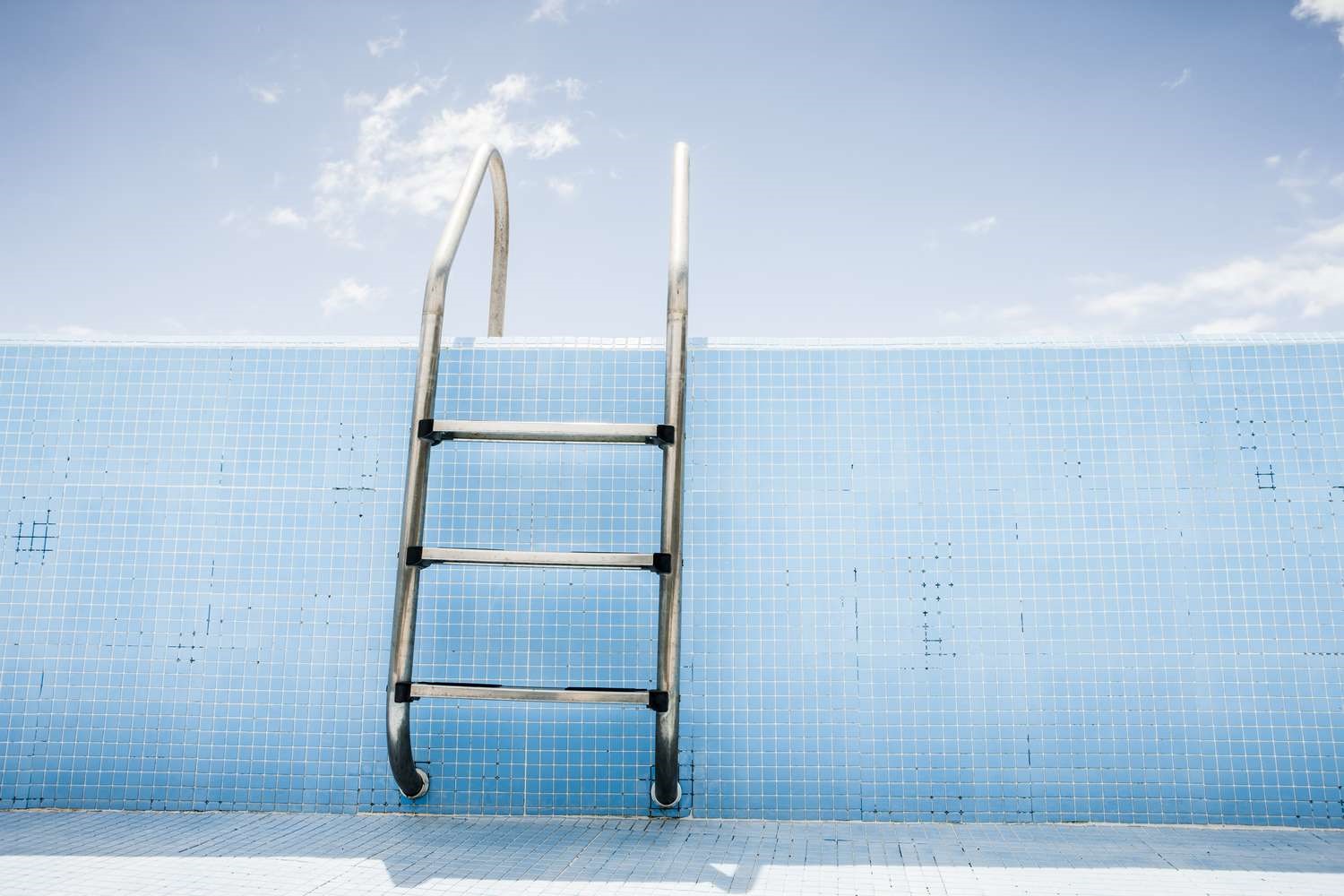
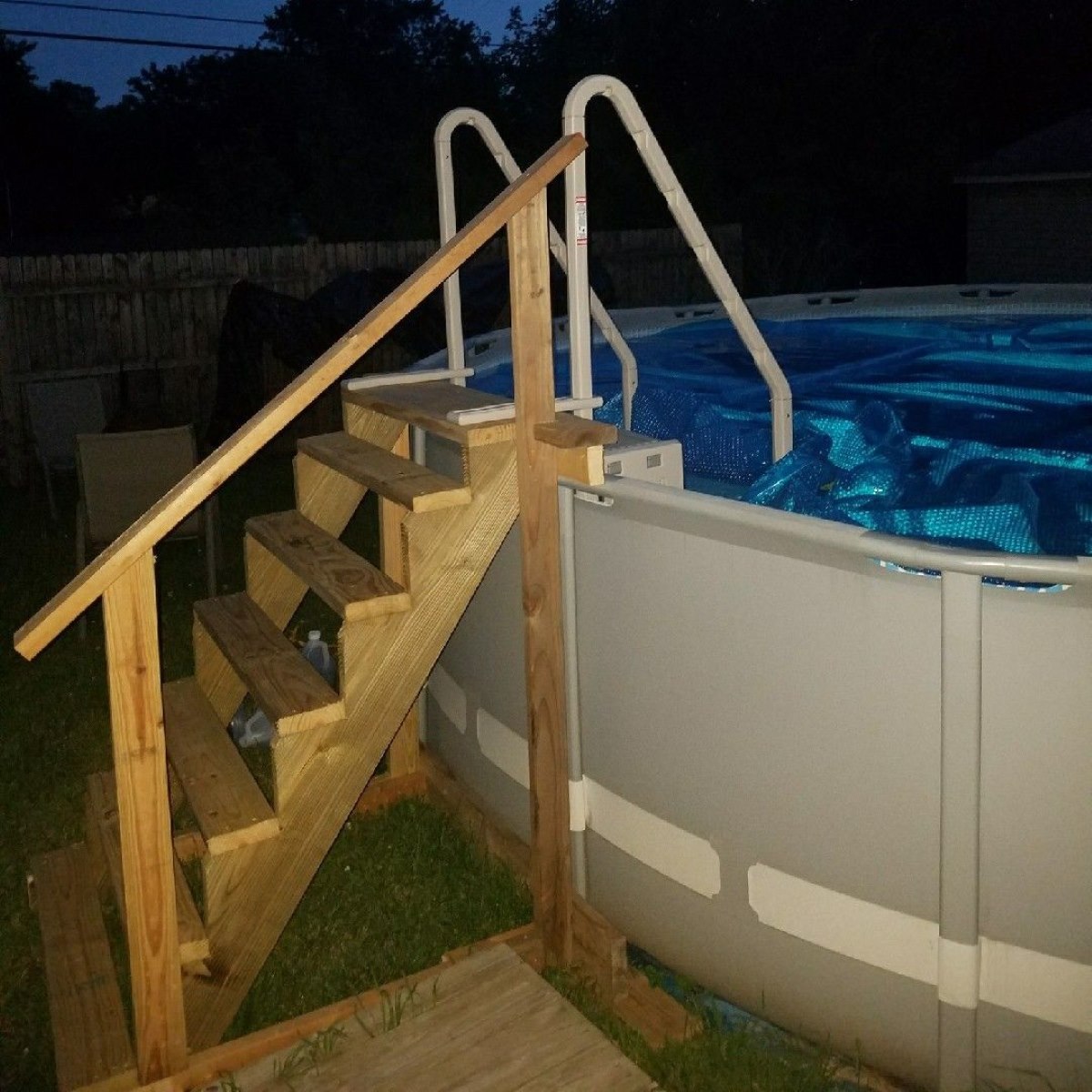
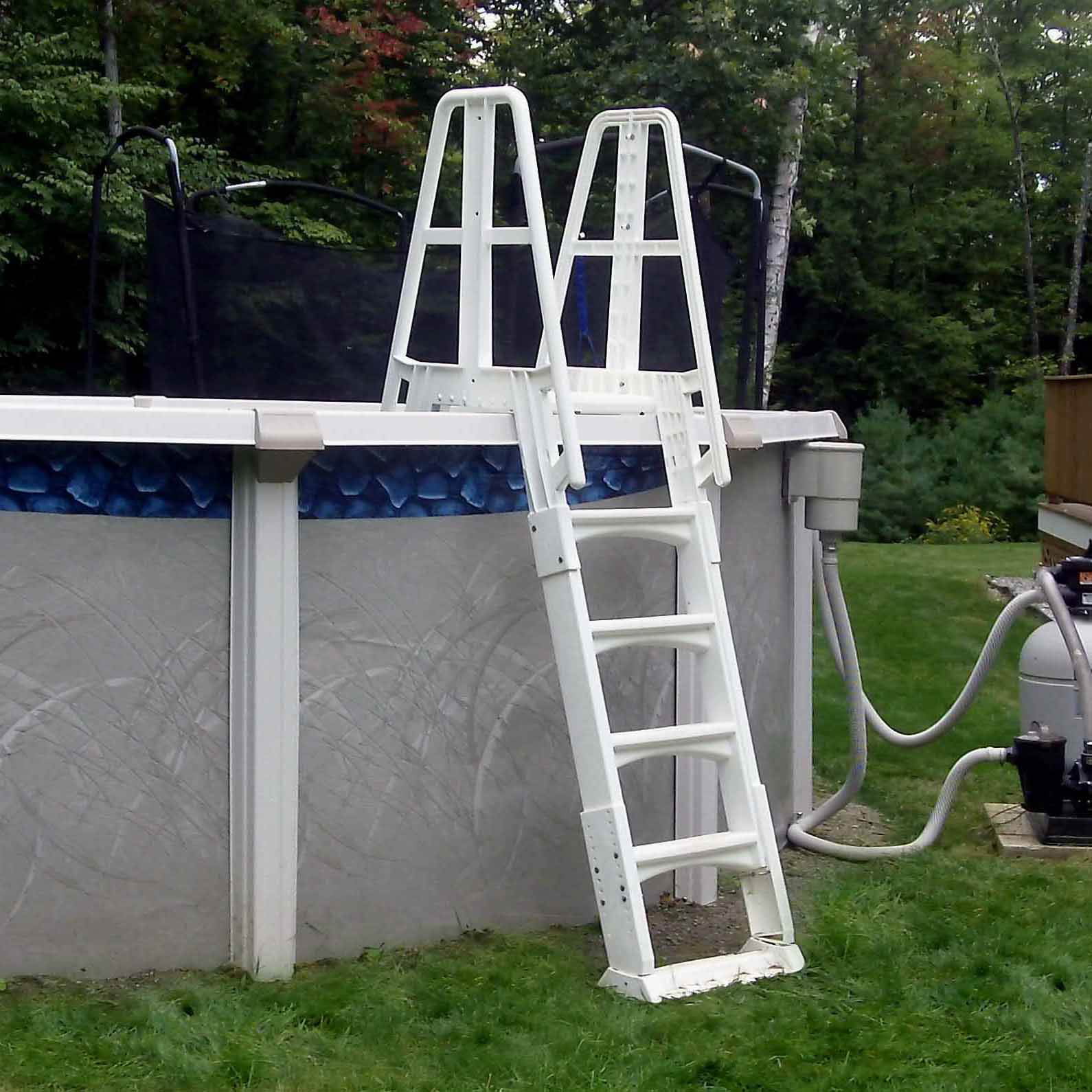
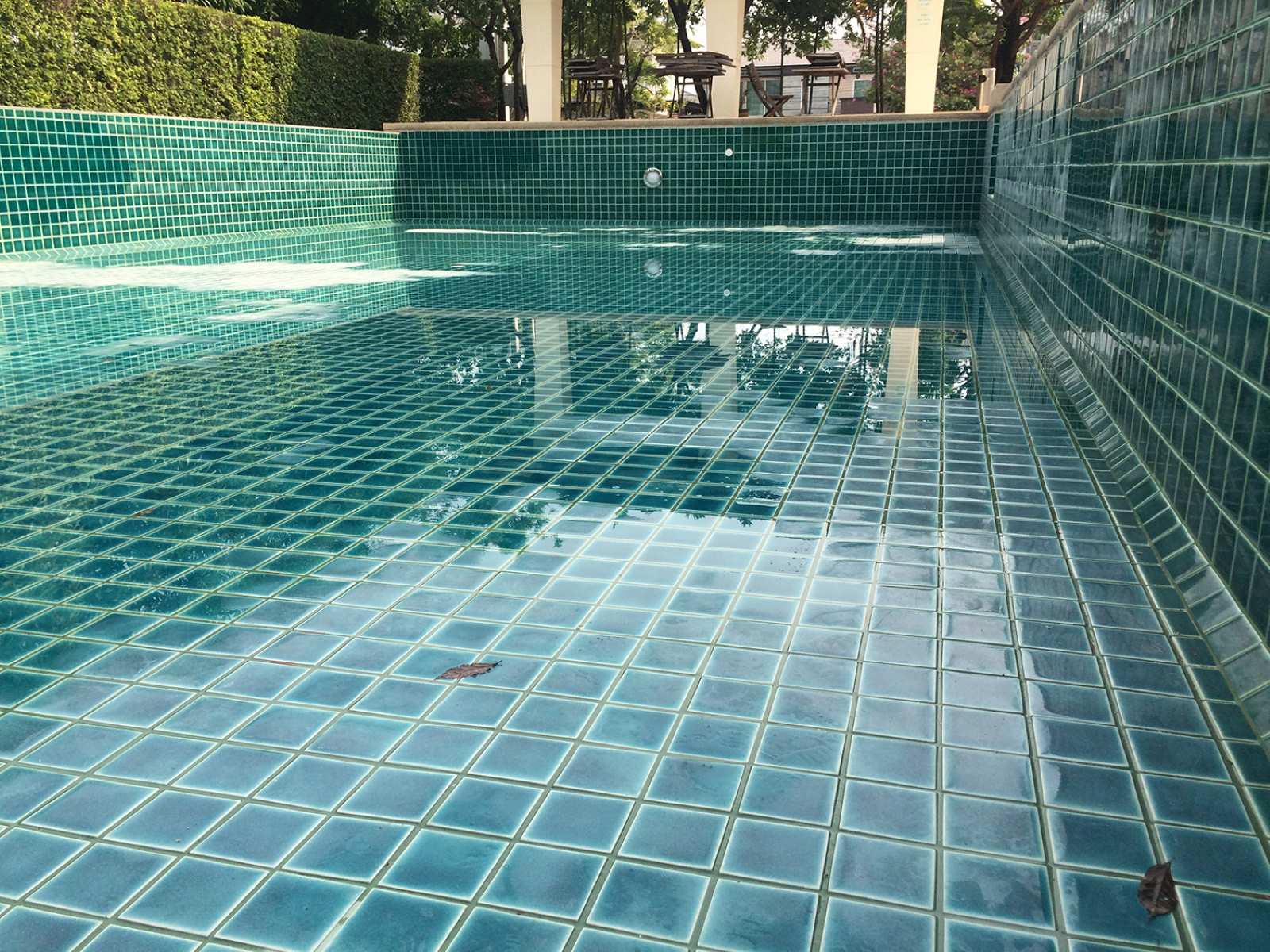
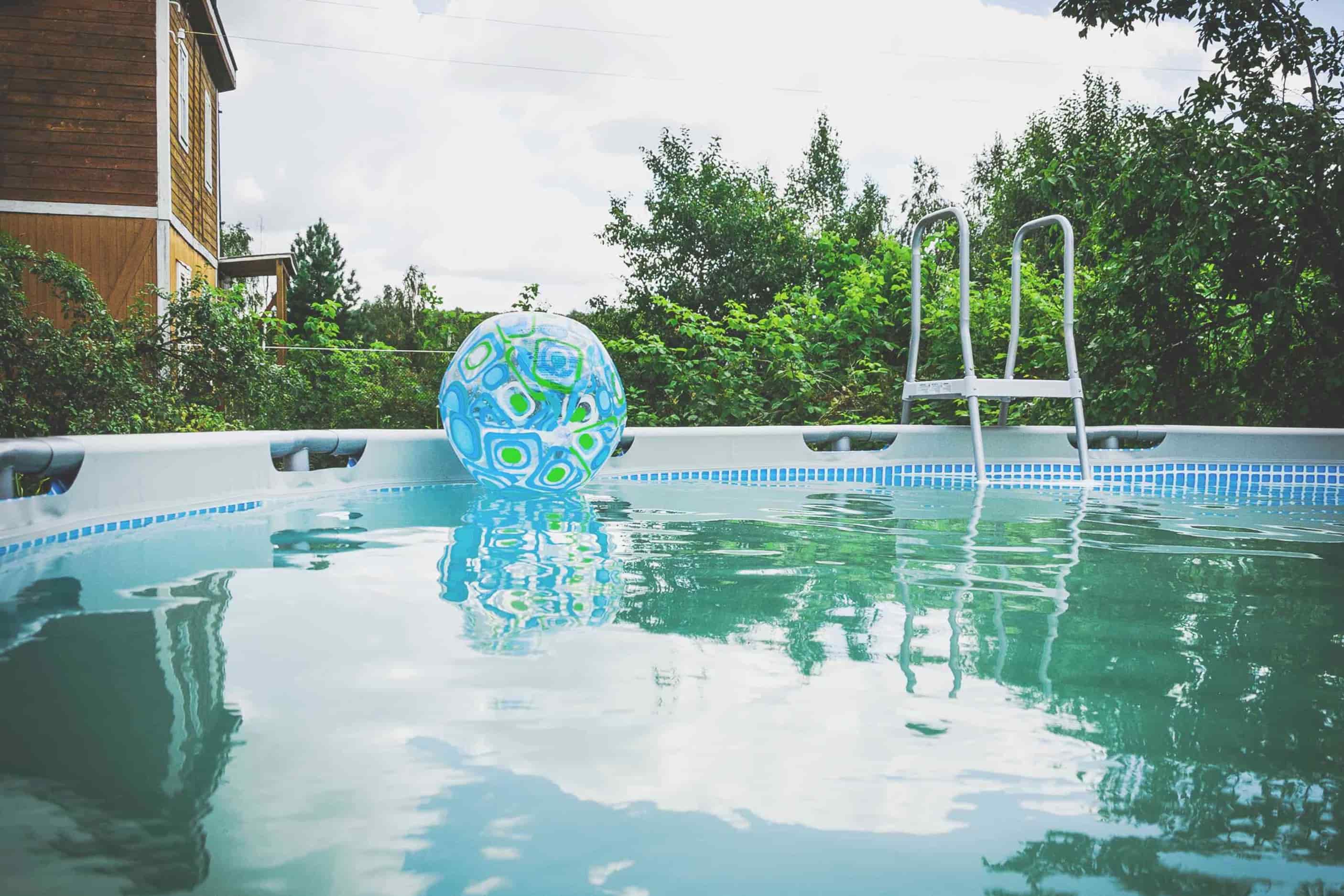
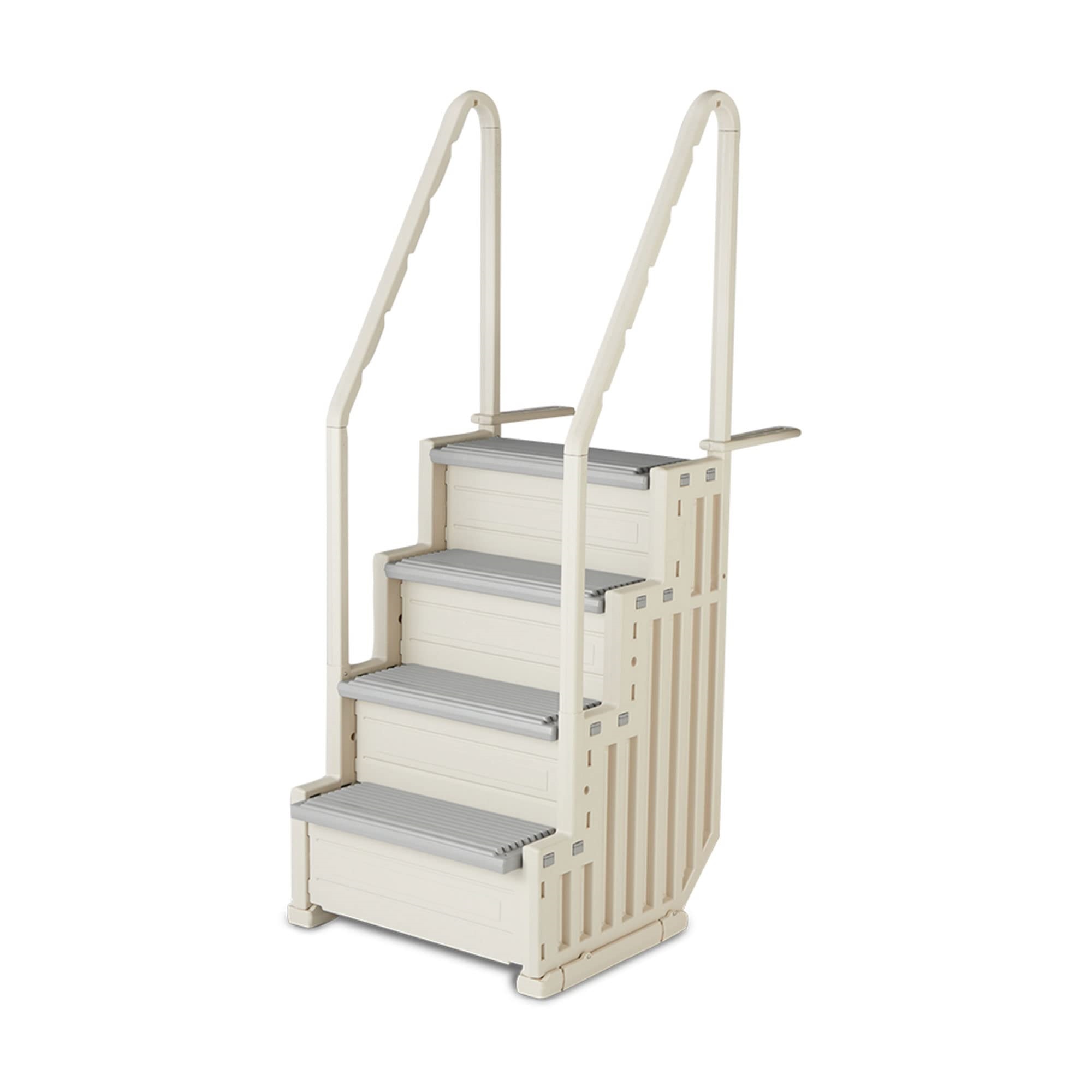
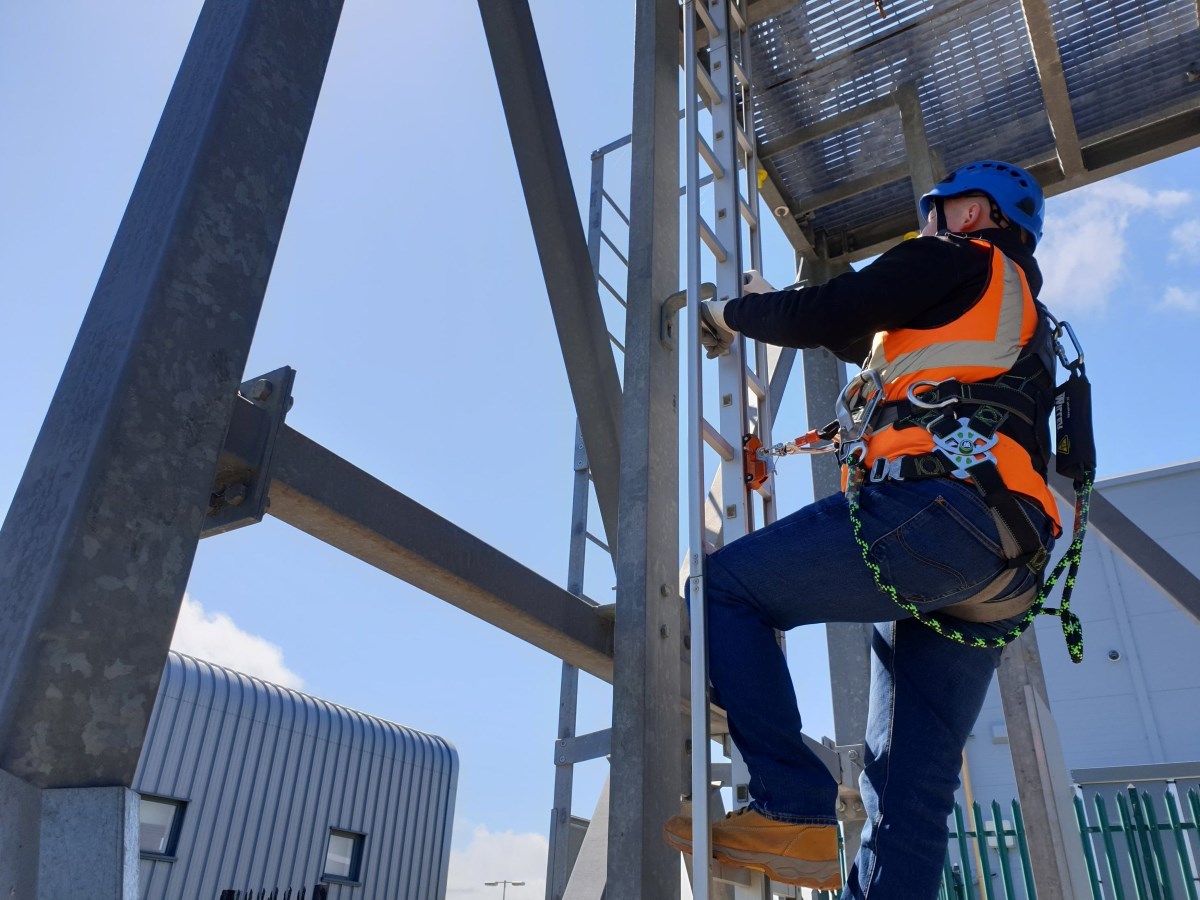
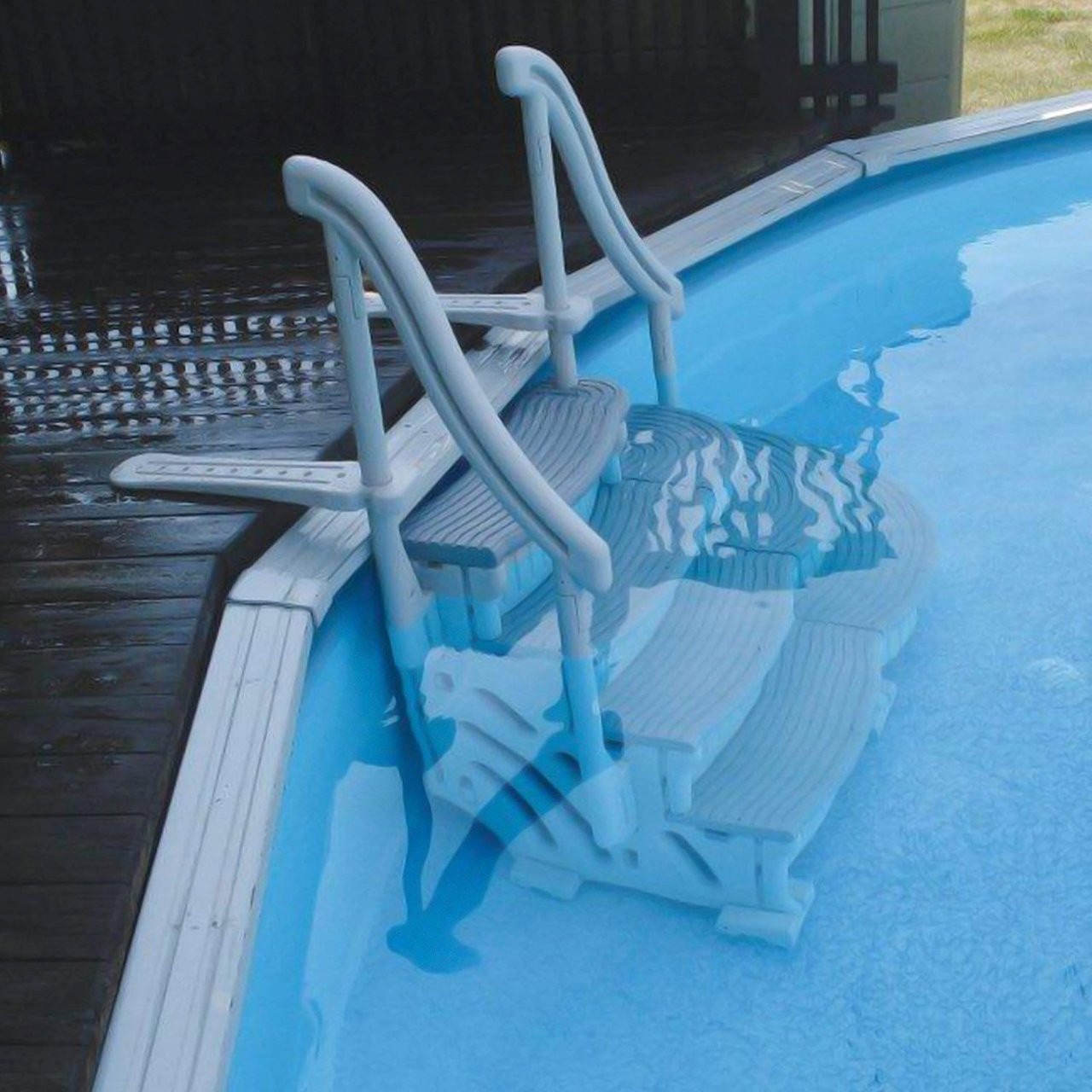

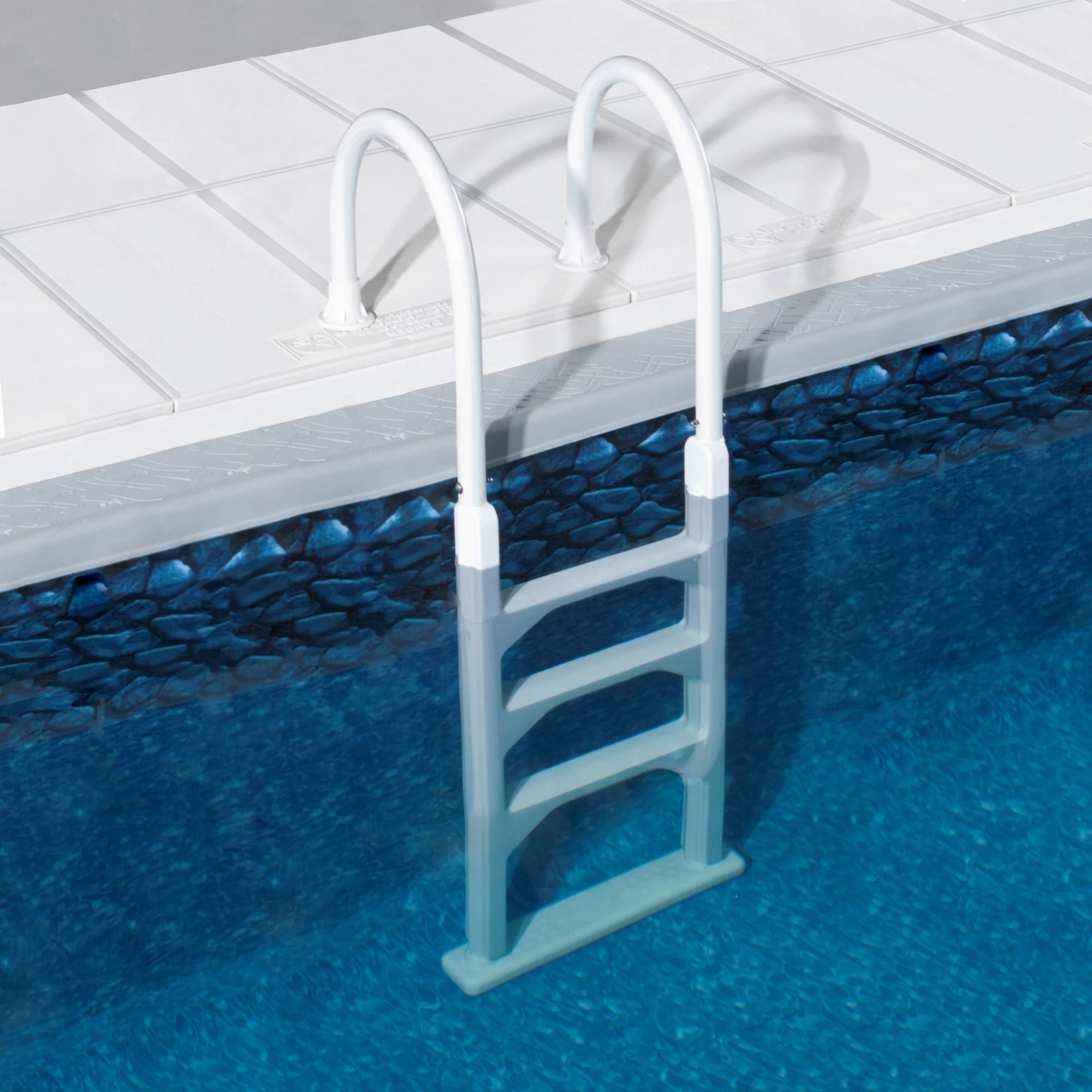


0 thoughts on “How To Protect Pool Liner From Ladder”